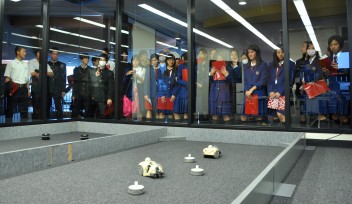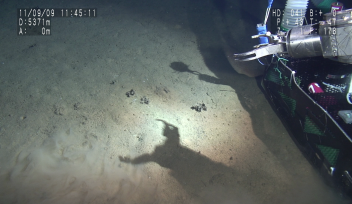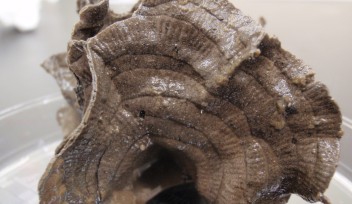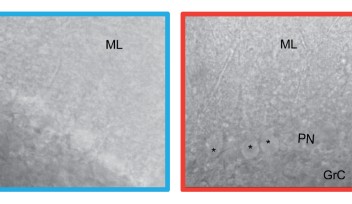kusumi-research-fig3

Figure 3 : Two + Five fundamental mechanisms for the organization and function of the plasma membrane. We believe that two of the most fundamental organizing-functioning mechanisms of the plasma membranes are: (1) Low dimensionality (which dramatically enhances molecular collisions in/on the membrane); (2) Partitioning of the entire plasma membrane into 30 to 200 nm compartments by the actin-based membrane skeleton (fence) and various transmembrane proteins anchored to and lining the fence (pickets), which induce a strong hydrodynamic dragging effect around them.
The five additional cooperative regulatory mechanisms we propose are: (3) Metastability, due to various degrees of mutual (im)miscibility of constituent molecules, leading to the cooperative assembly and disassembly of microdomains, including raft domains; (4) Transient oligomerization of membrane proteins; (5) Coat-protein facilitation of domain formation, mainly for endocytosis and exocytosis, varying the local concentrations of certain molecular species within a compartment; (6) Scaffolding, transiently assembling 3 or more molecules; (7) Recruitment from the cytoplasm to the plasma membrane, to take advantage of the 2D surface reaction field in 3D space, where molecules can diffuse even after being adsorbed. These seven (two + five) mechanisms work in concert in the plasma membrane.
Copyright OIST (Okinawa Institute of Science and Technology Graduate University, 沖縄科学技術大学院大学). Creative Commons Attribution 4.0 International License (CC BY 4.0).














